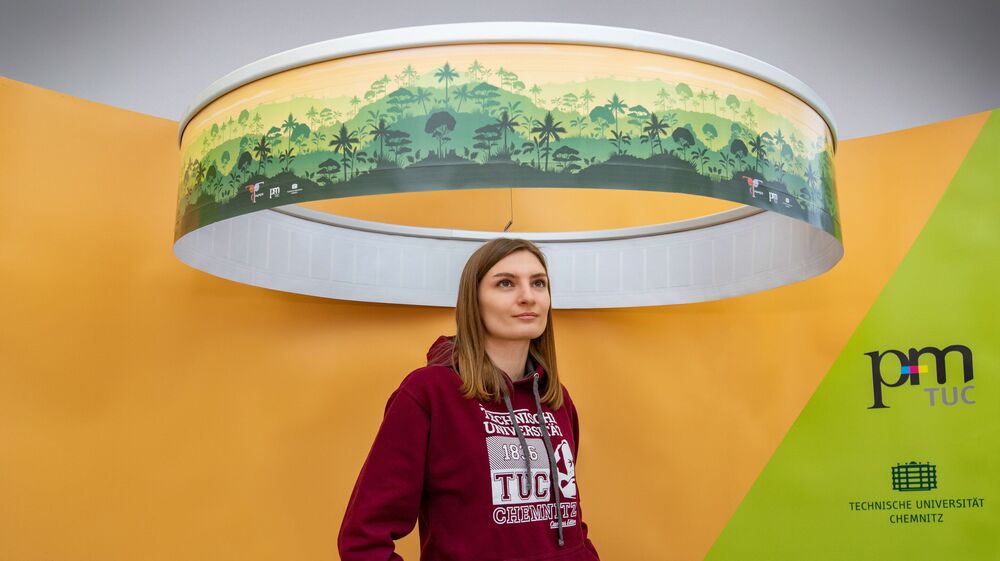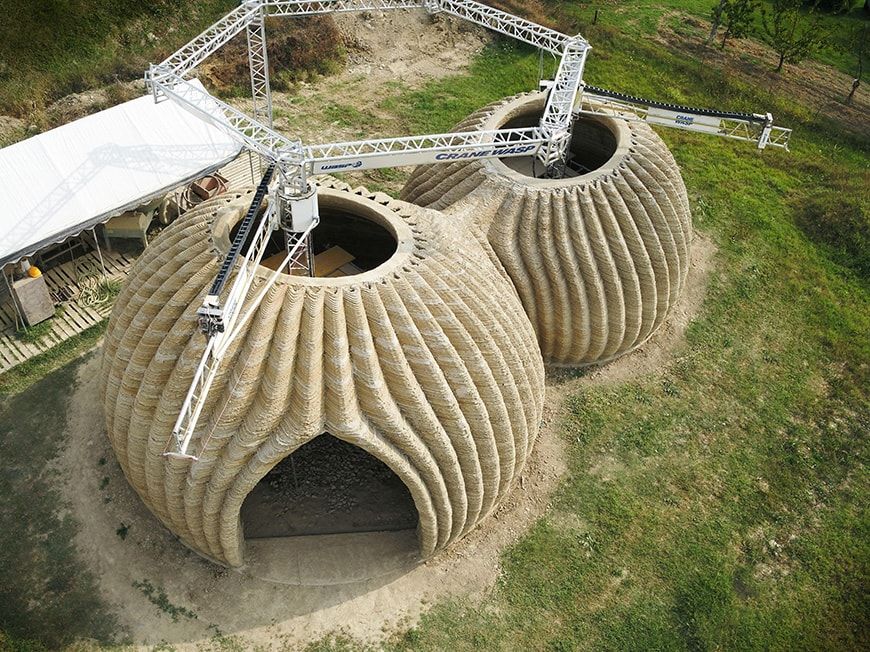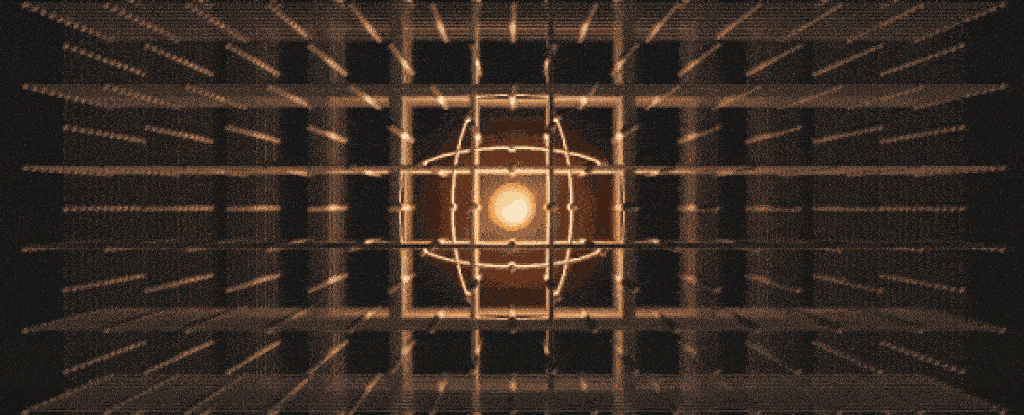There is a prize purse of up to $500000 for the team that can keep the astronauts fed during deep space journeys. Read the details here.
Get the latest international news and world events from around the world.

Surround sound from lightweight roll-to-roll printed loudspeaker paper
If the Institute for Print and Media Technology at Chemnitz University of Technology has its way, many loudspeakers of the future will not only be as thin as paper, but will also sound impressive. This is a reality in the laboratories of the Chemnitz researchers, who back in 2015 developed the multiple award-winning T-Book—a large-format illustrated book equipped with printed electronics. If you turn a page, it begins to sound through a speaker invisibly located inside the sheet of paper. “The T-Book was and is a milestone in the development of printed electronics, but development is continuing all the time,” says Prof. Dr. Arved C. Hübler, under whose leadership this technology trend, which is becoming increasingly important worldwide, has been driven forward for more than 20 years.

Why China is investing heavily in blockchain
“Considering the whole industry is still in its preliminary stage, BSN has a long way to go,” Liu said. “It’s expensive to build a blockchain. Different platforms have different structures. Data are not interchangeable. Relevant projects are hard to promote. These problems have yet to be addressed by BSN.”
Last year was a big year for blockchain projects in China after President Xi Jinping called for further development of the technology at the end of 2019, but the country continues to shun cryptocurrencies like bitcoin.


3D-printed house in Italy is made from locally-sourced clay
“TECLA (an acronym which stands for “Technology and Clay”) is a habitat consisting of two interconnected housing units, each covered by a semi-spherical dome. The units have been built using multiple Crane Wasp printing units operating simultaneously. Crane WASP is defined by the manufacturer as “a collaborative 3D printing system capable of printing houses” and can print various materials — such as earth-based materials, concrete mortar, and geopolymers — with a maximum speed of 300 mm/s and a maximum printing area of 50 sqm per unit. The design of the habitat features two or more “cocoon-like” housing units, whose shape vaguely resembles that of a sea urchin, in which structure, insulation, and finishes coincide. The thick raw earth walls of the units have a hollow structure consisting of several clay “waves”, which makes them at the same time relatively lightweight, resistant, and highly insulating. About 200 printing hours are required to build each unit, which consists of 350 clay layers, each 12 mm thick.”
Designed by Mario Cucinella and build by WASP, TECLA is a prototype house near Ravenna, Italy, made by 3D-printing a material based on locally-sourced clay.
Microbes Affect The Hallmarks Of Aging: Mitochondrial Dysfunction (Part II)
The Hallmarks of Aging are well established, but what is less discussed is the impact of microbes. Viruses, including SARS-CoV-2 and HSV-1 cause mitochondrial dysfunction-more specifically, they cause mitochondria to release some of their DNA, which triggers antiviral immunity. When considering that blood levels of mitochondrial DNA increase during aging, is aging characterized by an increased viral burden?
Paper links:
Decoding SARS-CoV-2 hijacking of host mitochondria in COVID-19
pathogenesis: https://pubmed.ncbi.nlm.nih.gov/32510973/
Circulating mitochondrial DNA increases with age and is a familiar trait: Implications for “inflamm‐aging”: https://onlinelibrary.wiley.com/doi/full/10.1002/eji.
National Seroprevalence and Trends in Herpes Simplex Virus Type 1 in the United States, 1976–1994: https://pubmed.ncbi.nlm.nih.gov/15608591/
Type specific seroprevalence of HSV‐1 and HSV‐2 in four geographical regions of Poland: https://www.ncbi.nlm.nih.gov/pmc/articles/PMC2564693/
Herpes simplex virus seroprevalence among children, adolescents and adults in Greece: https://pubmed.ncbi.nlm.nih.gov/18482949/



Female physicist invents new fusion to take the first humans to Mars
Dr. Fatima Ebrahimi designed a fusion rocket that uses magnetic fields to shoot plasma particles from a craft, which could take humans to Mars 10 times faster than current devices.